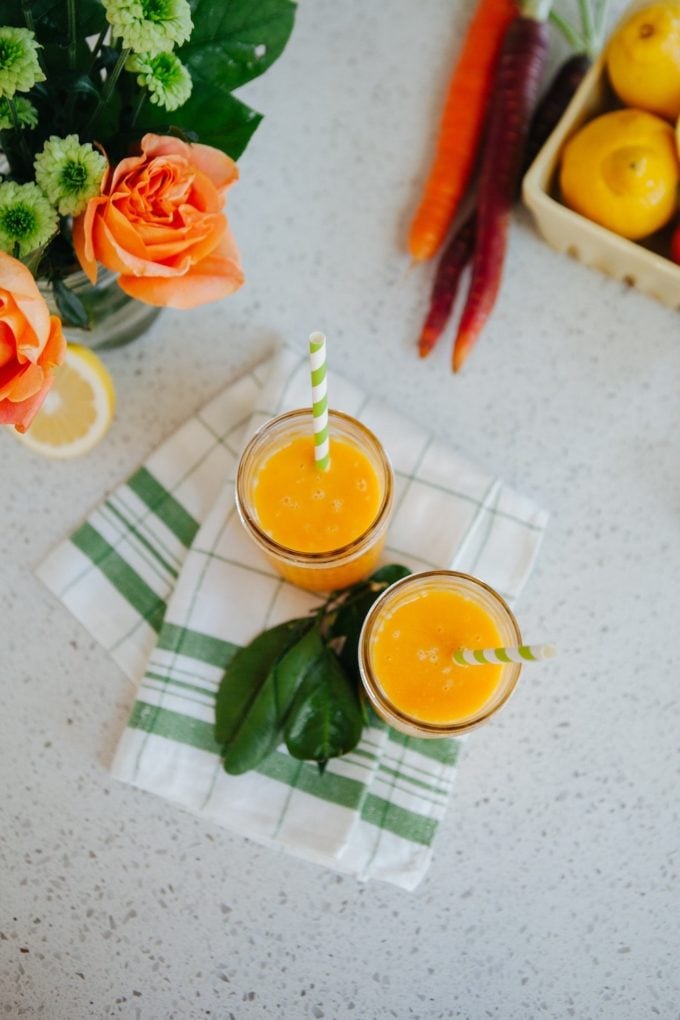Take A Whole Food Approach to Lower Blood Sugars with these Six Picks

Last month, I shed some light on reasons to watch sugar intake (you can read it here) and today, with World Diabetes Day just around the corner, I’ll be putting a different kind of sugar into the spotlight: blood sugars.
For those who are not familiar with Type 2 diabetes, it’s a metabolic disease where the body becomes less sensitive to the hormone insulin, which is required for glucose (sugar) uptake into body cells (read more here). Risk factors include being overweight and having an immediate family member with diabetes.
In the diabetes territory, medications are prescribed to stabilize blood sugar levels. However, they’re only one part of the solution. Becoming solely dependent on the medications without making changes to your diet will not get you to a better place and may further negatively impact your health. While it can be tough, initiating that change to a whole-foods diet coupled with regular exercise will be better for you in the long run. For those who have caught type 2 diabetes in the early stages, it is even possible to reverse its progression with these strict lifestyle changes. Regardless if you’re prediabetic, newly diagnosed, or have been living with the condition for years, I cannot stress how important it is to start take these steps towards better health. So, this one’s for you folks!
Here are some of the go-to foods keeping the blood sugar low:
1. OUTSTANDING OATS
Probably the most classic way to start your day! A filling and satisfying bowl of oatmeal topped up with nuts and fruit will give you a great dose of blood sugar-balancing soluble fiber with every serving. Top with tasty additions like hemp seeds, unsweetened soy milk and grated apple for more flavour and nutrition.
2. VIRTUOUS VEGGIES
Veggies such as broccoli, green beans, and spinach are powerful non-starchy vegetables to include in your diet. They are low in calories but loaded with nutrients and fiber, so they keep your blood sugar levels in a good place. Make sure to fill at least half your plate with these delicious noms at lunch and dinnertime.
3. BLUSHING BERRIES
Craving a little sweet treat? Reach for berries! Frozen berries are an affordable treat over the winter months and they are literally bursting with flavor, antioxidants, and anti-inflammatory powers. Compared to other fruits, they have a much lower carbohydrate content, so they won’t disrupt your blood sugar levels like tropical fruits do. Am for the whole fruit, not juice or dried versions – which have a high sugar content. Bake them into a comforting (low sugar) crisp for dessert!
4. SCENT-UOUS CINNAMON
Now that fall is in full swing, there’s no better time for you to include cinnamon in both your savory and sweet dishes. Cinnamon’s warm, spicy aroma adds a phenomenal dimension to dishes and it contributes to lower blood sugars when consumed regularly. Try to get a teaspoon of cinnamon a day! (Tip: Add it to your oatmeal for a potent blood sugar lovin’ dose!).
5. POWERFUL PROTEINS
Protein isn’t just for muscle building… it also helps slow the spike in blood sugar levels when you eat it with carbohydrate-containing foods. It’s all about the balance – allocate one quarter of your plate to a healthy protein at meal time. Aim for plant-based proteins – beans, legumes, and organic whole soy foods like tofu – most often or lean animal protein such as poultry and seafood.
6. FABULOUS FATS
If you are worried about your weight, eating more fats might not seem like the natural thing to do but in fact, replacing hyper-processed carbs like white bread and pastries with more healthy fats can really help you get your blood sugars in order! The ones we want are monounsaturated fats like avocados and olive oil and the omega 3 fatty acids found in cold water fish (salmon!) and seeds (hemp and pumpkin). Diabetics have an increased risk for heart disease and stroke, so it’s crucial to include these heart-lovin’ fats into the diet. Also, studies have shown that these unsaturated fats help control and lower blood sugar levels, as well as lowering insulin resistance in diabetics.
Here’s to a life in balance!
Desiree
If you take blood sugar lowering medications, you need to make dietary changes carefully – and in communication with your health care team – drastic changes can lower blood sugar…which is good! But it means you are going to need a change in your medications to avoid hypoglycaemia. Be smart, check blood sugars often.
And a big thank you to Esther Huang for her help putting together this post!



